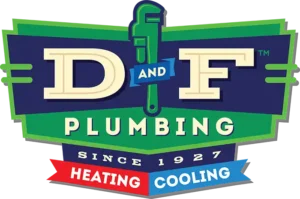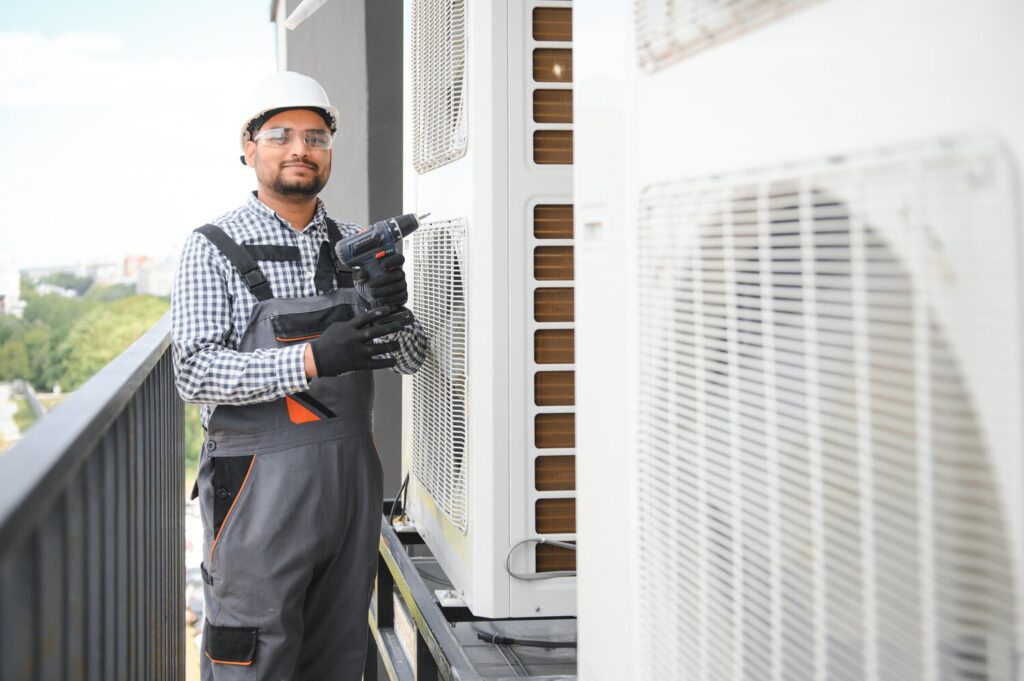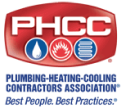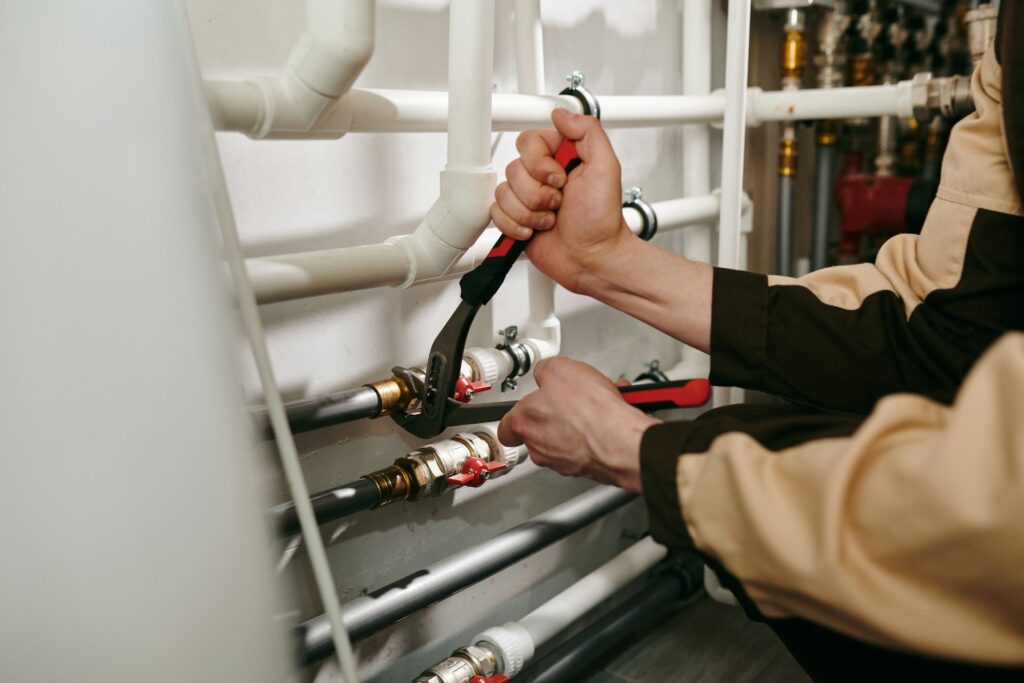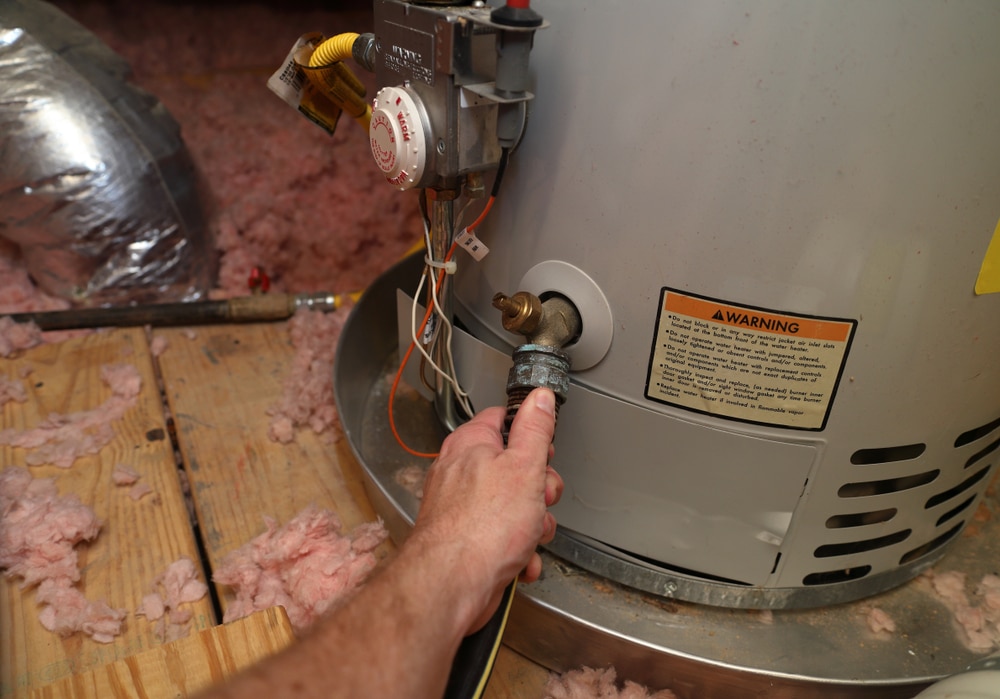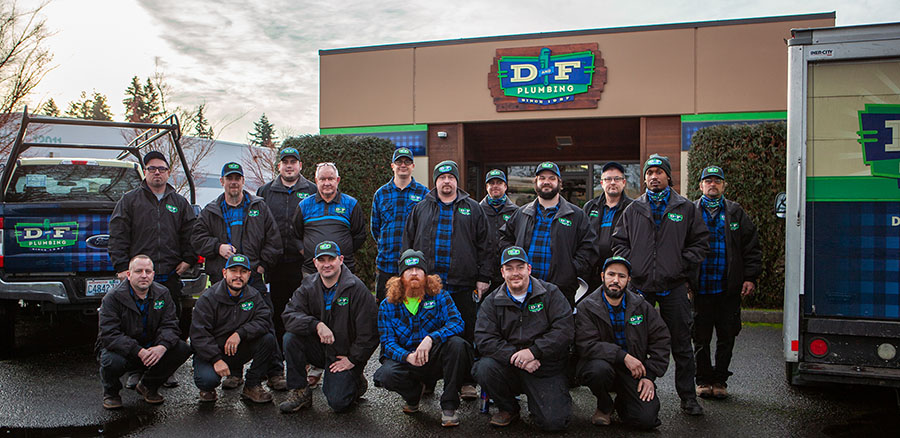Mini split heat pumps are an efficient way to heat and cool your home. These systems are highly versatile and can be installed in various types of properties, making them a popular choice for homeowners looking to improve their HVAC Solutions. Understanding what mini split heat pumps are and how they work can help you make an informed decision about whether they are right for your home.
What Are Mini Split Heat Pumps?
Mini split heat pumps are HVAC systems designed to provide both heating and cooling without the need for ductwork. These systems consist of two main components: an outdoor compressor or condenser unit and one or more indoor air-handling units. The indoor units can be mounted on the wall, ceiling, or floor, giving you flexibility in installation.
The outdoor unit and indoor units are connected by a conduit that houses the power cable, refrigerant tubing, suction tubing, and a condensate drain. This setup allows the system to transfer heat between the indoors and outdoors efficiently. In the summer, the heat pump extracts heat from the indoor air and releases it outside, cooling your home. In the winter, it reverses the process, extracting heat from the outside air and bringing it indoors to warm your home.
Mini split heat pumps are ideal for homes without existing ductwork and for areas where extending or installing ductwork would be impractical. They are also great for adding to an existing system that cannot provide adequate heating or cooling to certain rooms. This flexibility makes mini split heat pumps a popular choice for many homeowners.
Key Benefits of Mini Split Heat Pumps
Energy Efficiency
One of the main benefits of mini split heat pumps is their energy efficiency. Because they do not rely on ductwork, which can account for significant energy losses, they deliver air directly to each room. This means less wasted energy and lower utility bills for homeowners. Additionally, many mini split systems have high SEER (Seasonal Energy Efficiency Ratio) ratings, making them efficient options for temperature control.
Zoned Heating and Cooling
Mini split heat pumps allow for zoned heating and cooling, which means you can control the temperature in individual rooms or areas of your home. This feature not only enhances comfort but also reduces energy use. You can set different temperatures for different zones, ensuring that you are not wasting energy heating or cooling unoccupied rooms.
Improved Indoor Air Quality
Ductless mini split systems often feature advanced filtration options that help reduce allergens, dust, and other particles in the air. Because these systems do not have ductwork, there is less chance for pollutants to accumulate and circulate throughout your home. This results in cleaner, healthier indoor air, which is particularly beneficial for individuals with allergies or respiratory issues.
Easy Installation
Installing a mini split heat pump is less invasive and quicker than installing a traditional HVAC system. The lack of ductwork reduces the need for extensive renovations, and the compact nature of the units allows for flexible placement. Our professionals can install a mini split system with minimal disruption to your home.
Steps Involved in Installing Mini Split Heat Pumps
Site Assessment
The first step in installing a mini split heat pump involves a thorough site assessment. Our professionals will evaluate your home to determine the best locations for both the outdoor and indoor units. This assessment will consider factors like room size, insulation, and existing electrical systems. Proper placement ensures maximum efficiency and performance.
Mounting the Indoor Unit
Once the optimal locations are chosen, the indoor unit is mounted. The unit is typically installed high on a wall to allow for efficient distribution of air throughout the room. A mounting plate is secured to the wall, and the indoor unit is attached to this plate. Our technicians will ensure that the unit is level and properly anchored.
Installing the Outdoor Unit
The outdoor unit is placed on a stable surface outside your home. It should be in a location that allows for good airflow and easy access for maintenance. The unit is typically placed on a concrete pad or mounted on brackets on an exterior wall. This ensures it remains secure and operates efficiently.
Connecting the Units
The indoor and outdoor units are connected through a conduit that houses the refrigerant lines, power cables, and a condensate drain. A small hole is drilled into an exterior wall to run the conduit between the units. The lines are then carefully insulated and sealed to prevent any leaks. This step is crucial for the smooth operation of the system.
Testing and Calibration
After the installation is complete, our technicians will test the system to ensure everything is functioning correctly. This involves checking the refrigerant levels, electrical connections, and overall system performance. The units are then calibrated to provide the desired temperature settings, ensuring your new mini split heat pump operates efficiently from the start.
Maintenance Tips for Mini Split Heat Pumps
Regular Cleaning
Regular cleaning of your mini split heat pump is essential to maintain its efficiency. Dust and debris can accumulate on the indoor unit’s filters and coils, reducing airflow and performance. Clean the filters at least once a month and wipe down the coils with a soft cloth. Keeping the unit free of dirt ensures optimal operation.
Check for Obstructions
Ensure that the outdoor unit is free from obstructions such as leaves, grass, and other debris. These can block airflow and reduce the efficiency of the system. Regularly inspect the area around the outdoor unit and clear any obstructions. This simple step helps maintain the unit’s performance and longevity.
Professional Inspections
Scheduled inspections by our professionals are vital to keeping your mini split heat pump running smoothly. During these inspections, technicians will check for any potential issues, clean the internal components, and ensure the system is operating efficiently. Regular maintenance visits can prevent costly repairs and extend the lifespan of your unit.
Monitor System Performance
Keep an eye on how your mini split heat pump is performing. If you notice any unusual noises, poor airflow, or inconsistent temperatures, contact our professionals immediately. Early detection of issues can prevent them from becoming major problems, ensuring your system remains effective and efficient.
Conclusion
Mini split heat pumps offer a versatile and efficient solution for both heating and cooling your home. Understanding the benefits and installation steps helps ensure you make the right choice for your specific needs. Proper maintenance is crucial to keep the system running efficiently and prolong its lifespan. From site assessment to regular cleaning, each step plays a key role in optimal performance.
If you’re considering installing Mini Split Heat Pumps in Clackamas, Contact D&F Plumbing, Heating, and Cooling. Our experienced technicians can guide you through the process and provide the necessary maintenance to keep your system functioning at its best!
